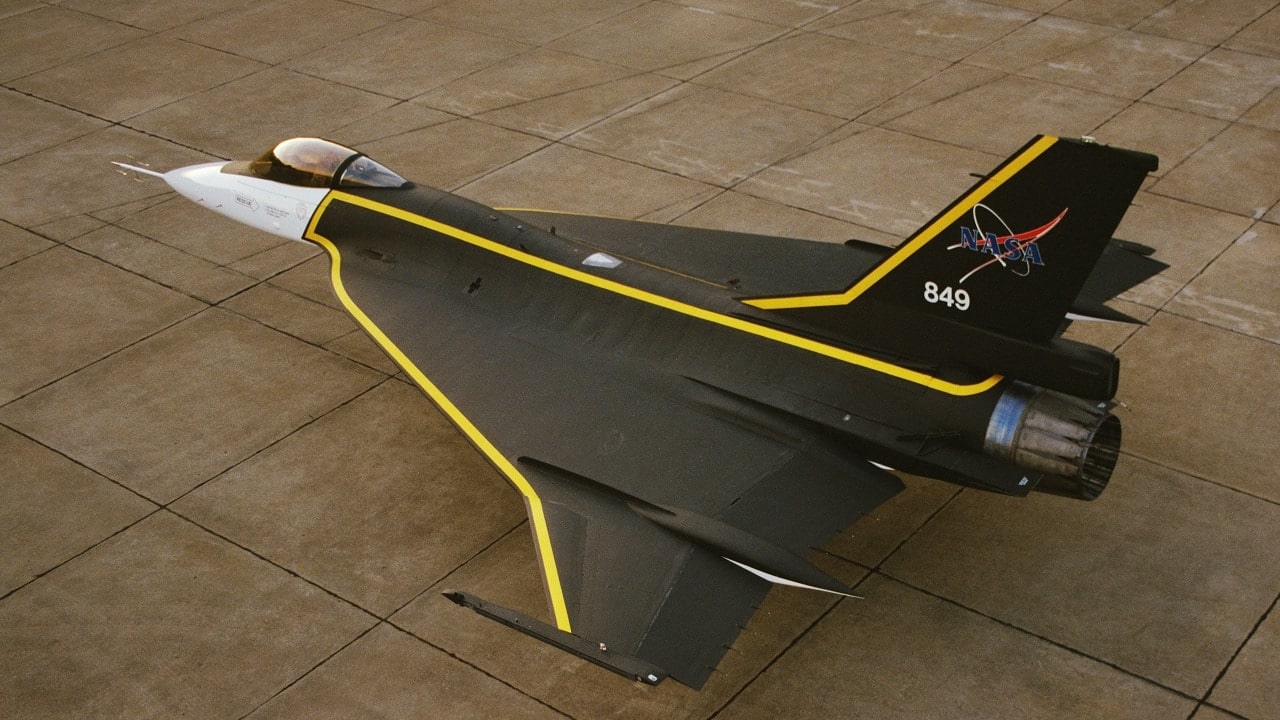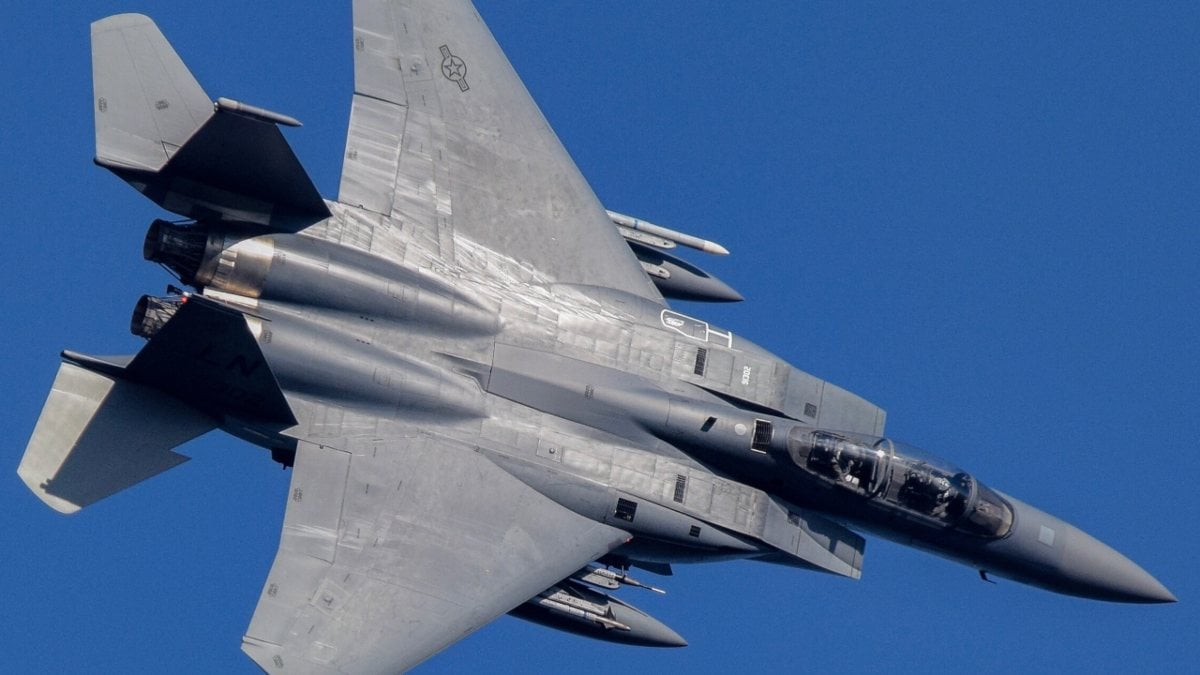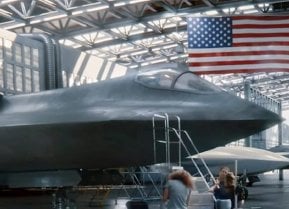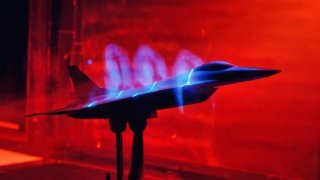F-16XL: The Best Plane the Air Force Said 'No' To
The F-16XL, an experimental fighter developed by General Dynamics, was designed to enhance air-to-air and air-to-ground missions. Competing against the F-15E in the 1984 Enhanced Tactical Fighter competition, the F-16XL ultimately lost.
Summary and Key Points You Need to Know: The F-16XL, an experimental fighter developed by General Dynamics, was designed to enhance air-to-air and air-to-ground missions. Competing against the F-15E in the 1984 Enhanced Tactical Fighter competition, the F-16XL ultimately lost.

-Despite its advanced capabilities, including a unique cranked-arrow delta wing that doubled its ordnance capacity and range, the F-16XL was shelved in favor of the F-15E.
-Pilots praised the F-16XL for its maneuverability and payload, but the Air Force chose the F-15E for its perceived survivability and lower development cost. Though the F-15E was selected, many still regard the F-16XL as the superior aircraft.
The Air Force’s F-16XL was Better Than the F-15E
The F-16XL is an experimental fighter aircraft developed by General Dynamics as a derivative of the F-16 Fighting Falcon. It was designed to enhance air-to-air and air-to-ground mission capabilities while retaining some commonality with the F-16A.
What Happened to the F-16XL?
The F-16XL competed with the F-15E in the Enhanced Tactical Fighter competition in 1984, but ultimately lost. The two prototypes were shelved until being turned over to NASA for additional aeronautical research in 1988.
NASA used the F-16XL for a variety of aeronautical research projects. The F-16XL, with its unique cranked-arrow delta wing, allowed NASA to test boundary layer pressures and distribution, as well as investigate the characteristics of sonic booms.
Additionally, NASA used the F-16XL to conduct a supersonic laminar flow control experiment that aimed to reduce aerodynamic drag on a proposed second-generation supersonic transport.
Both aircraft were fully retired in 2009.
The F-16XL Specs
The F-16XL’s cranked-arrow delta wing was more than twice the size of the original F-16’s wing. This design allowed the aircraft to carry twice the ordnance of the F-16 and deliver it 50% farther. The F-16XL could carry a wide range of weapons, including air-to-air missiles, air-to-ground missiles, and bombs.
It could also be equipped with a 20 mm M61A1 Vulcan cannon for close-range combat.
As a multirole fighter that could perform both air-to-air and air-to-ground missions, the aircraft was intended to replace the F-111 Aardvark in the U.S. Air Force's fleet. The F-16XL's increased payload and range made it a more capable aircraft than the standard F-16, and its advanced avionics and weapons systems made it a formidable opponent in combat.
The F-16XL has a variety of defensive capabilities, including a radar warning receiver, a missile approach warning system, and chaff and flare dispensers. These systems helped the aircraft detect and evade enemy radar and missile threats.
The F-16XL had a maximum speed of Mach 2.05 (1,500 mph) and a maximum range of 2,700 miles. Its operational ceiling was 50,000 feet. The F-16XL was powered by a single Pratt & Whitney F100-PW-220 or General Electric F110-GE-100 engine, which provide 23,830 pounds of thrust with afterburner.
Which was Better, the F-15E or the F-16XL?
According to many pilots familiar with both the F-16XL and the F-15E, the F-16XL had significant advantages. It was lighter, more maneuverable, and could carry a larger payload. Its larger wing area allowed it to carry twice the fuel of the original F-16.
However, the F-15E had its own advantages, including a higher top speed, a higher service ceiling, and the advantage of two engines instead of one.

Ultimately, the Air Force chose the F-15E, likely due to its perceived survivability and lower development cost.So, while this author has a clear preference for the F-16XL (aside from the F-22, the F-16 may be the Air Force’s greatest warplane ever), the Air Force likely made the correct choice by going with the cheaper F-15E.
Still, the F-16XL was probably the better plane.
Author Experience and Expertise: Brandon J. Weichert
Brandon J. Weichert, a National Interest national security analyst, is a former Congressional staffer and geopolitical analyst who is a contributor at The Washington Times, the Asia Times, and The-Pipeline. He is the author of Winning Space: How America Remains a Superpower, Biohacked: China’s Race to Control Life, and The Shadow War: Iran’s Quest for Supremacy. His next book, A Disaster of Our Own Making: How the West Lost Ukraine, is due October 22 from Encounter Books. Weichert can be followed via Twitter @WeTheBrandon.
All images are Creative Commons or Shutterstock.
From the Vault
Russia Freaked Out: Why the U.S. Navy 'Unretired' the Iowa-Class Battleships
Battleship vs. Battlecruiser: Iowa-Class vs. Russia's Kirov-Class (Who Wins?)


